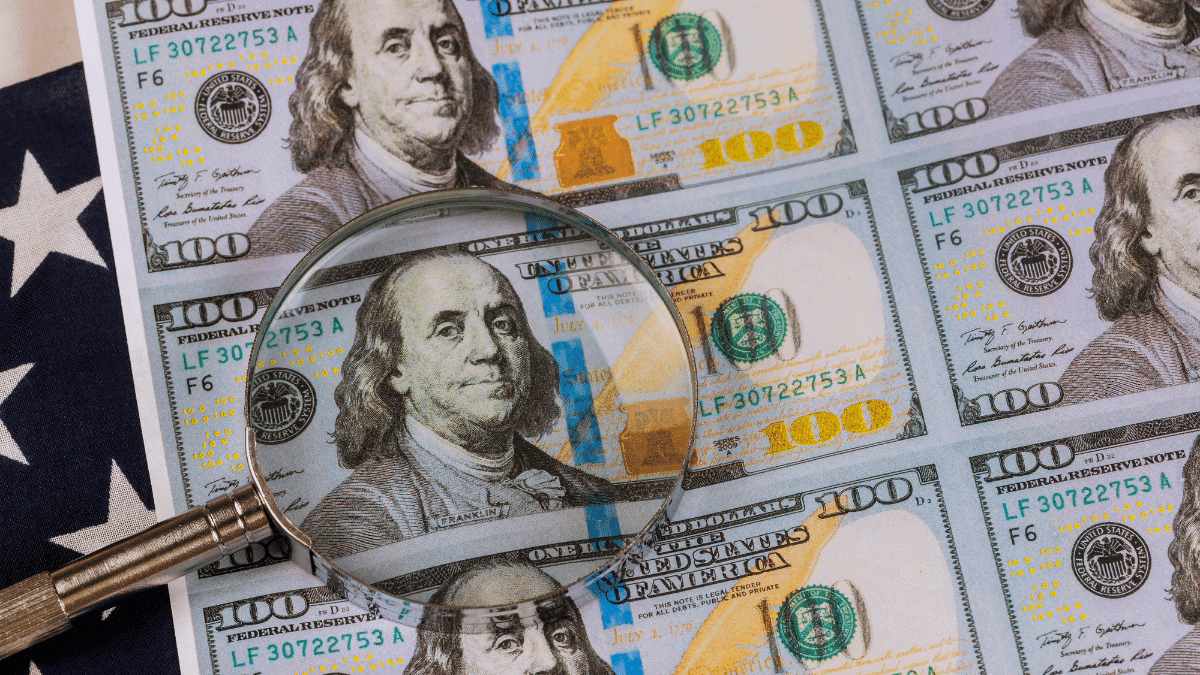The Battle Against Counterfeit Goods: How Blockchain Technology Can Save The Day
The Battle Against Counterfeit Goods: How Blockchain Technology Can Save the Day

- Building A Secure Foundation In Crypto Investing: Why It’s Essential For Success
- The Future Of Blockchain In Digital Identity Verification
- What Are The Risks And Rewards Of Crypto Margin Trading
- Automating Your Cryptocurrency Investments: A Step-by-Step Journey To Financial Freedom
- The Best Crypto Staking Platforms For Passive Income
Imagine walking into a high-end store and purchasing a sleek designer handbag, only to discover later that it’s a fake. Counterfeit goods have become a massive problem worldwide, with the International Chamber of Commerce estimating that the global value of counterfeit goods could reach $985 billion by 2022. This not only affects the economy but also puts consumers’ health and safety at risk.
While traditional methods of combating counterfeiting have shown limited success, blockchain technology has emerged as a game-changer in this fight. Blockchain’s unique characteristics – such as decentralization, transparency, and immutability – make it an ideal tool for verifying the authenticity of goods and preventing counterfeiting.
Here’s how blockchain can help:
Supply Chain Transparency: Blockchain technology allows companies to track their supply chains from end-to-end. By creating a digital ledger that records every step of the production and distribution process, companies can identify potential vulnerabilities where counterfeiters might intervene. This increased transparency also allows consumers to make informed purchasing decisions, knowing that the product they’re buying is genuine.
Immutable Records: Blockchain’s decentralized ledger is immutable, meaning that once data is recorded, it cannot be altered. This provides a tamper-proof record of a product’s history, making it virtually impossible for counterfeiters to alter or manipulate the information. With this level of security, consumers can trust the information they receive about the product.
Unique Digital Identifiers: Blockchain-based systems can generate unique digital identifiers for each product, making it possible to verify their authenticity. These identifiers can be linked to the product’s physical packaging or embedded in the product itself, ensuring that only genuine products can be verified.
Smart Contracts: Smart contracts, which are self-executing contracts with the terms of the agreement written directly into lines of code, can be used to enforce the rules of the supply chain. For instance, a smart contract can automatically verify the authenticity of a product and facilitate payment only if the product is genuine.
Real-World Applications: Successful implementation of blockchain-based solutions has already shown promising results. For instance:
- LuxTag, a Malaysian startup, uses blockchain to authenticate luxury goods such as handbags and watches.
- Maersk, the world’s largest container shipping company, has partnered with IBM to develop a blockchain-based platform for tracking the origin and movement of goods.
- Everledger, a British company, uses blockchain to verify the authenticity of diamonds, ensuring that consumers can trust the diamond’s certification and preventing the sale of conflict diamonds.
While blockchain technology is not a silver bullet that will single-handedly eradicate counterfeiting, it can certainly play a critical role in preventing the spread of counterfeit goods. As more companies begin to adopt blockchain-based solutions, we can expect to see a significant decrease in the number of counterfeit goods circulating in the market.
It’s time for businesses and consumers to join forces and take a stand against counterfeiting. With blockchain technology leading the charge, we can restore trust and integrity to the global supply chain, and consumers can finally breathe a sigh of relief knowing that the product they’re buying is the real deal.
